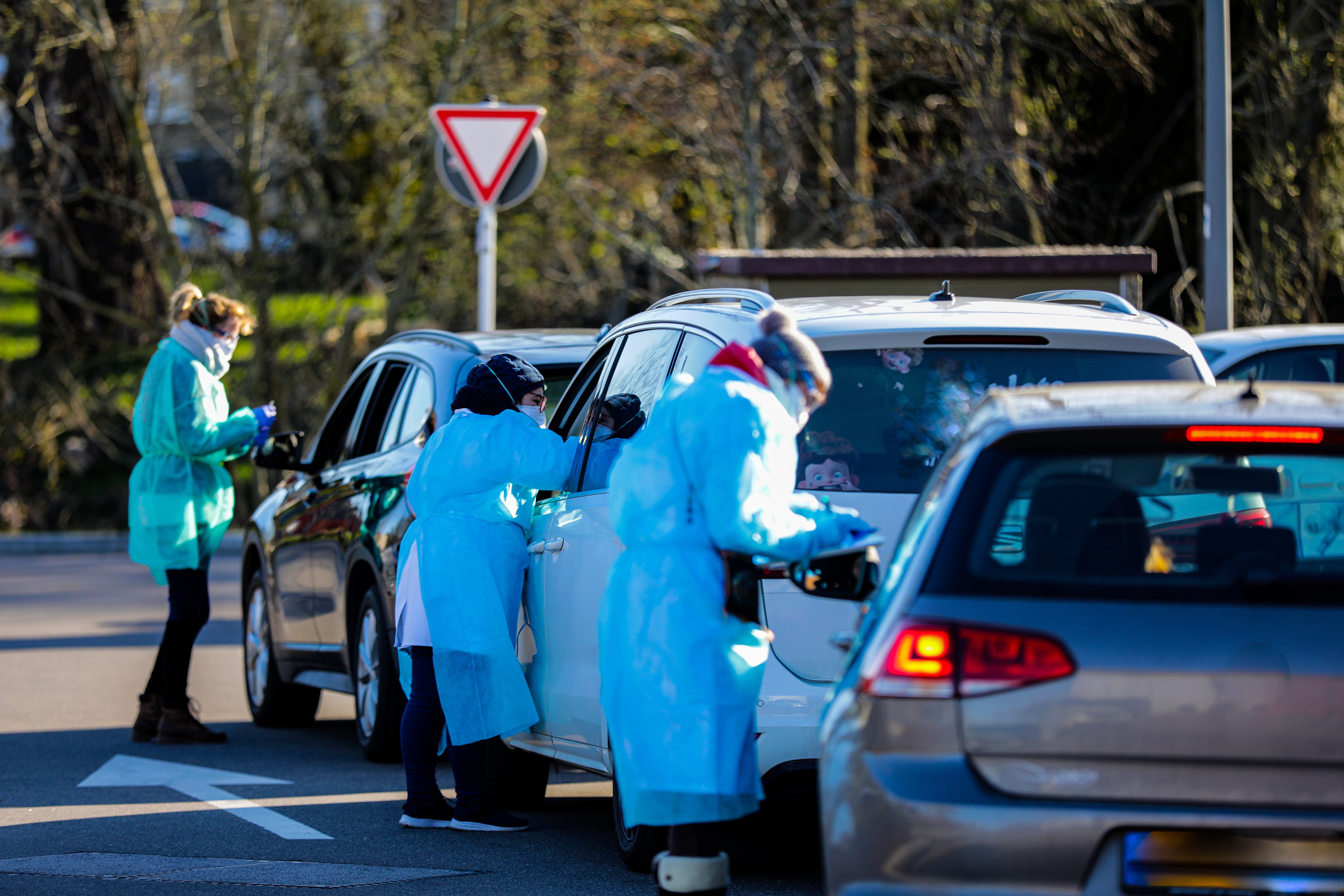By David Wold
Designing and manufacturing lab instruments that include automated liquid handling is challenging at the best of times, but in the face of increased demand for faster testing, it’s even more critical to select the right partner and reliable components. The global COVID-19 pandemic is posing unprecedented challenges for laboratories as they race to meet the demand for accurate, large-scale testing in a short amount of time, and without the risk of cross-contamination.
These requirements all point to the heart of the test instrument – the pump. Automated liquid handling instruments are only as reliable as the components that they are comprised of – and when process hygiene comes into play, it’s the pump that leads the way in orchestrating that all factors of process security are met. For a pump to do its job under these extreme circumstances, six process capability challenges have to be overcome.

Finding a pump that delivers precise, accurate and reproducible results is of paramount importance in this urgent testing environment.
Unprecedented pressure on liquid handling capability in the lab
Large-scale diagnostic testing is widely regarded as a key tool in epidemiology and in containing outbreaks such as COVID-19. No surprise, then, that experts including the Harvard Global Health Institute are calling for a massive scale-up in COVID-19 testing as part of measures to prevent new outbreaks. High-throughput, sequencing-based diagnostic tests are playing a central role in meeting that capacity.
The healthcare industry, including the clinical diagnostics sector, has been responding as quickly as it can with its pandemic preparedness. Harvard University recently published a document on ‘Pandemic Resilience’ describing the need for fast scale-up of multiple levels of testing in order to control the pandemic. The European Centre for Disease Prevention and Control has noted that once rapid commercial SARS-CoV2 diagnostics tests are validated to have adequate performance for infection detection, additional capacity for much larger scale testing will be necessary to meet the operational needs for COVID-19 control in the forthcoming months.
This massive level of scaling up requires absolute confidence in testing equipment. Many labs may be unaware that the choice of pump is critical for liquid handling operations, which is why OEM providers must take this into account. That means surmounting a range of potential obstacles that can threaten process reliability — at a time when labs can least afford it.

Ensuring a pandemic-proof testing process by choosing the right pump
Achieving an accurate, reproducible and contamination-free environment for viral work comes down to how much control a lab has over its process — and whether the pump is robust enough to meet demands. Although the end user may not be aware of it, pumps and other liquid handling components in their manual or automated processes play a critical part in success…or failure. Here are six key challenges that viral research and testing labs are facing:
1. Poor liquid-handling performance
Poor liquid handling can adversely affect the quality of sample transfer. Performance must be monitored continuously to detect the liquid level at all times, correctly dispense liquid, and avoid errors that can lead to a precious loss of time, sample, reagent, effort and money. This comes down to having a robust design in the pipetting drive mechanism.
2. Lack of precision
Imprecision can lead to inaccurate test results. It inhibits repeatability and reproducibility, which are essential to large-scale testing. Because manual sample prep is prone to human error, automated pipetting instrumentation can help eliminate this challenge.
3. Cross-contamination
Cross-contamination can affect confidence in the results for any tests. A highly sensitive detection process requires sound manufacturing and lab practices when assembling testing kits and running diagnostic testing.
4. Need for high-throughput assays and scalability
Without high-throughput COVID-19 diagnostic tests, it is difficult to achieve the additional capacity necessary for large-scale testing. Consider scale-up and avoid test instruments with inherent test limits.
5. Need for automated instruments
Minimizing manual handling, for example with automated pipettes, reduces potential cross contamination and inaccuracies. “Automated sample prep is a critical component of the overall set-up, in part because manual sample prep is prone to error and not easily scalable,” notes Tim Hodge, director of operations at University Clinical Health, a commercial lab in Memphis, Tennessee, in a recent article on scale-up for COVID-19 testing. This is echoed by Melissa Miller, director, clinical molecular microbiology lab University of North Carolina Hospital system, who said in the same article, "We would not be able to survive without automation right now. The volume of testing has steadily increased weekly, and to have the capacity we need to serve our patients we rely on automation.”
6. Meeting stringent regulatory requirements
Regulatory guidelines and approval processes can often change quickly and unexpectedly during a global health crisis, and can influence the pandemic preparedness of the health industry.
Reducing the risks of cross contamination, which includes finding a pump that delivers precise, accurate, and reproducible results, is of paramount importance in this urgent testing environment.
Talk to a Tecan expert to learn more about how the choice of pump or pipette for COVID-19 testing can help labs attain pandemic-level performance — again and again.
About the author

David Wold
David Wold is the Customer Operations Manager for the Partnering Business in the Components Marketing Team. In this role, he oversees a team responsible for the support and satisfaction of Tecan’s top Components customers. Since 2005, David has helped Tecan customers meet their liquid handling challenges across a broad range of technologies and applications. He brings understanding and expertise to help customer choose components to meet their needs, provide maximum reliability and outstanding performance.












